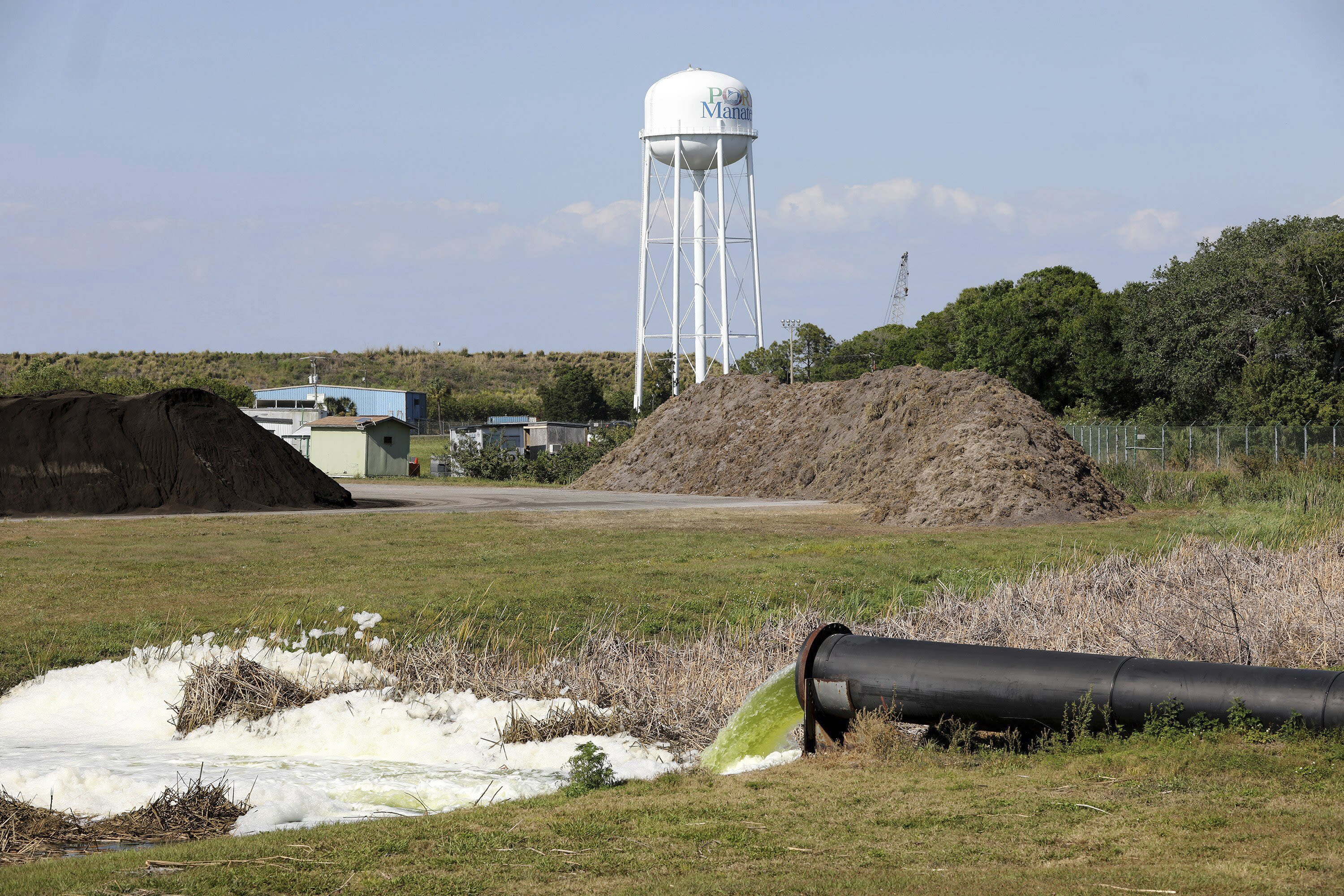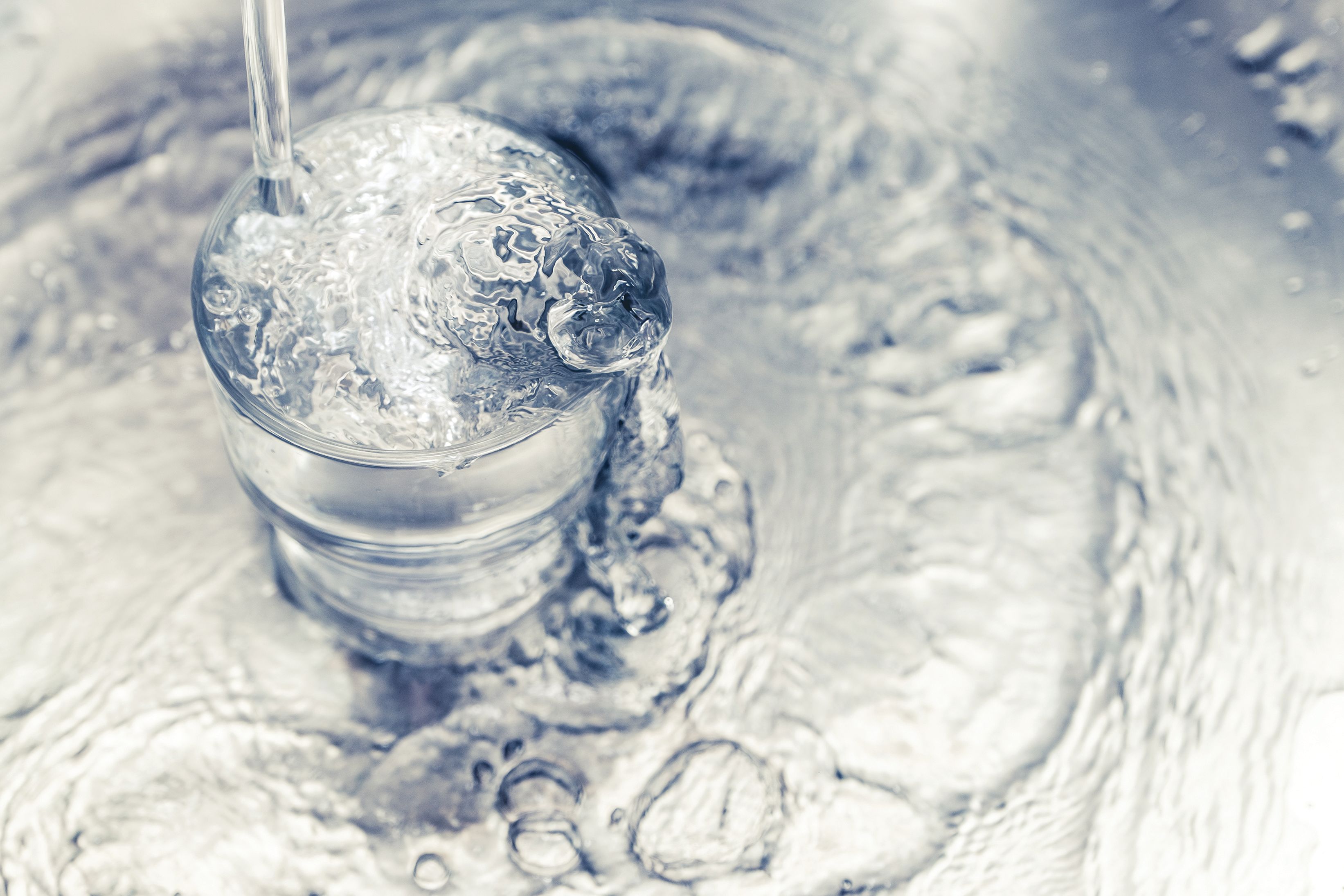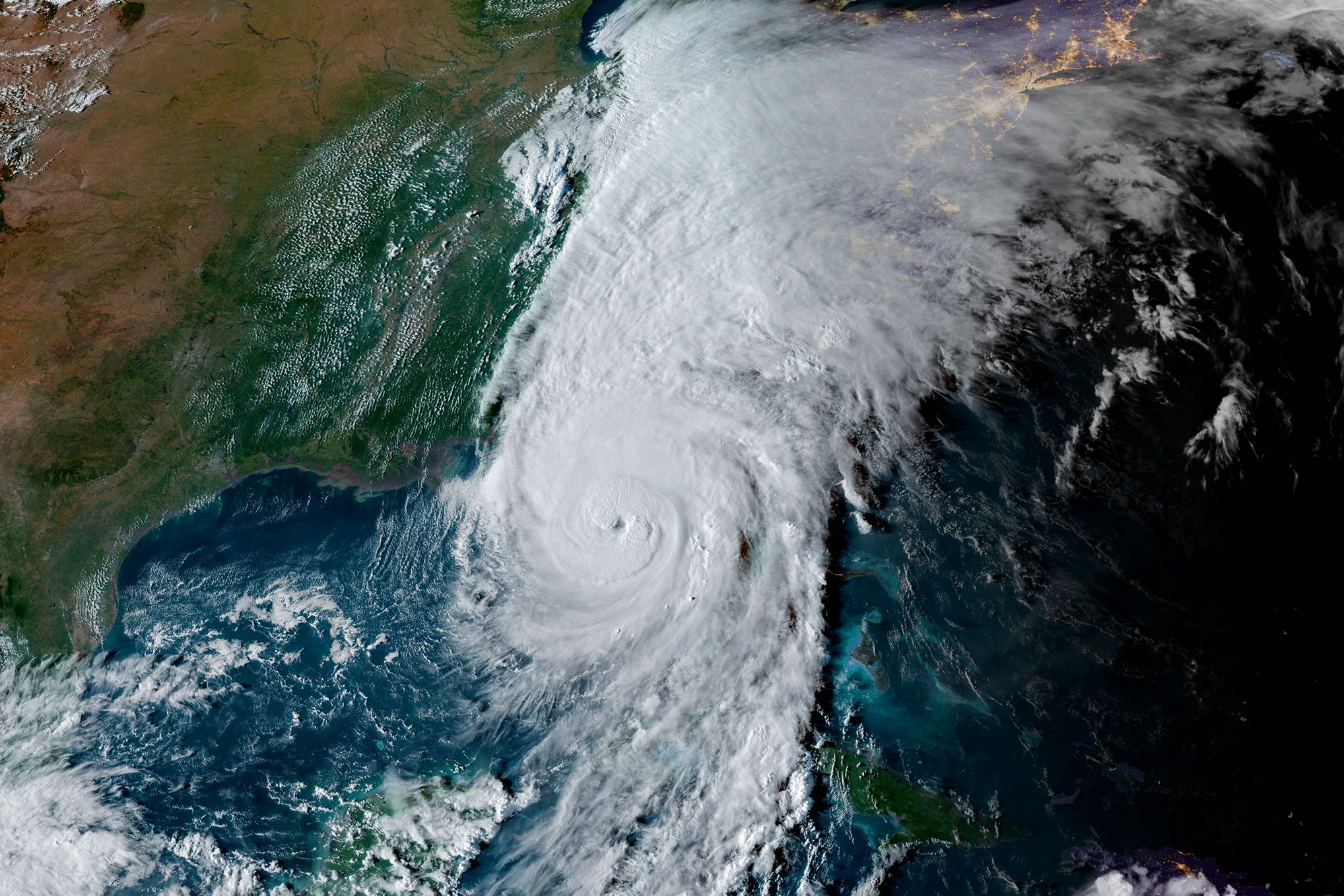Sarasota Bay Water Quality Improving
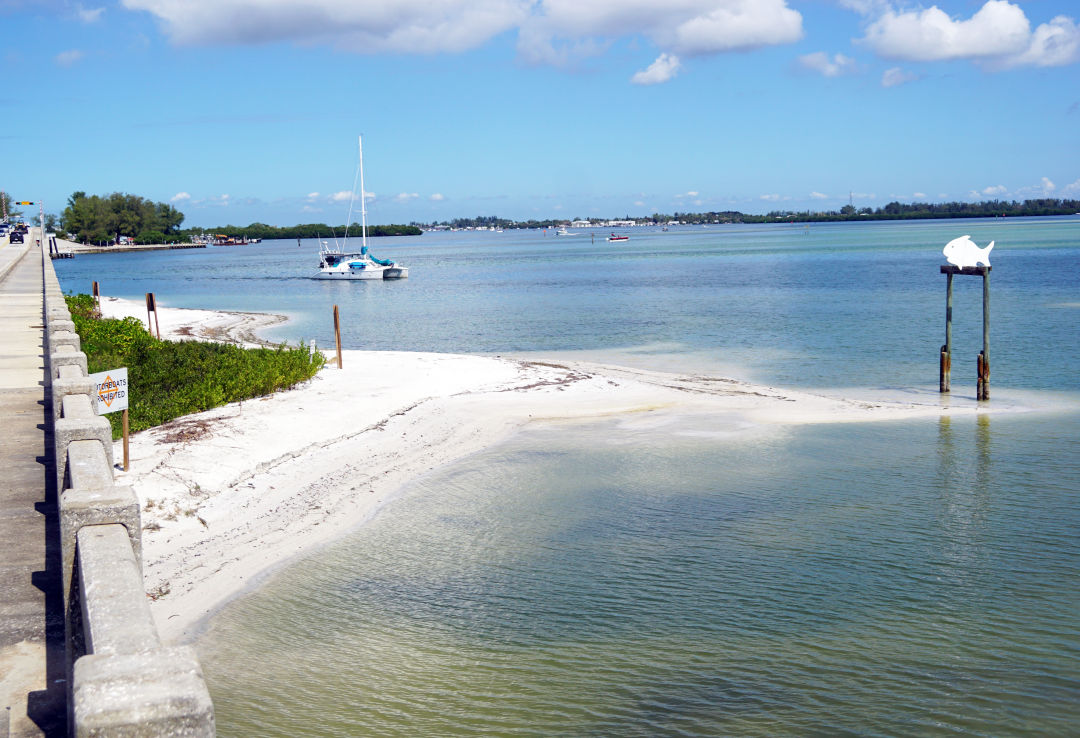
Improvements in Sarasota Bay water quality aren’t taken lightly by officials in Manatee and Sarasota counties, as work proceeds to further upgrade and replace sewage treatment systems and infrastructure.
Sarasota Bay’s water quality has begun improving, though threats remain from warming sea temperatures, stormwater runoff and the legacy of more than 200 million gallons of polluted waste released from the Piney Point phosphate plant in 2021, officials say.
One of the first signs of good news for the water system that extends from Tampa Bay to Venice was recent word from state regulators that four southern sections—Little Sarasota Bay, Roberts Bay, Blackburn Bay and a portion of Sarasota Bay—were proposed for removal from a list of impaired waterways.
Environmental experts and county leaders, though, aren’t taking these initial encouraging developments as a sign that their work is done.
In Sarasota County, progress continues on the $210 million Bee Ridge Water Treatment Plant, designed to drastically reduce the release of compounds harmful to Sarasota Bay’s health. The facility is expected to open by the end of 2025.
In Manatee County, officials say they are constantly working to upgrade and rehab decades-old infrastructure that can be vulnerable to breaks and spills. About $40 million is budgeted for the next five years.
“Our base water quality level is getting better—sufficient enough that the state of Florida has removed Sarasota Bay from its verified impaired list, which is great news," says Dr. Dave Tomasko, Director of the Sarasota Bay Estuary Program. "We’re also seeing pretty substantial seagrass increases [from this year’s survey and in future growth predictions]. But we’re never going to be pristine. There’s nothing pristine about Florida. What we can do is do a better job.”
According to the Florida Department of Environmental Protection’s Pollution Notices, there have been 1,511 reported wastewater pollution events in Sarasota and Manatee counties since July of 2017.
Tomasko and other experts recently released a report on the effects of the Piney Point crisis, which took place in March 2021 when a leak in one of the facility’s holding ponds threatened a collapse and the wholesale release of untreated, acidic wastewater. More than 200 million gallons of wastewater were pumped into Tampa Bay from the reservoir to relieve pressure, triggering widespread concerns about longer-term environmental effects.
One of those concerns was the combination of long-term discharge of nutrient-dense waters and warming coastal sea temperatures, which can contribute to an abundance of cyanobacteria.
Cyanobacteria appears as a suspended “tumbleweed algae” until it settles or washes up on shore. It can be invisible to traditional water tests because it doesn’t fit into a normal water sample test tube, so its presence can sometimes escape detection.
Effects of cyanobacteria can be significant. The decomposition of the algae that washes ashore smells like rotting meat. Contact with the organism in the water can lead to itchy, burning dermatitis.
Cyanobacteria requires nutrient-rich waters and warm temperatures to flourish. In 2022, the average water temperature for Sarasota Bay was 78 degrees, with a high of 90 degrees, according to the Wateratlas of Sarasota County, and this year, the Florida Keys recorded a record-breaking surface temperature of 101 degrees.
For environmental experts such as Tomasko, the combination of warmer temperatures and increased nutrient loads is a recipe for disaster, since cyanobacteria requires water temperatures of 68 degrees or higher to thrive.
“What if we never got below 68 degrees?" Tomasko asks. "Warmer temperatures mean we have to do more to offset the nutrient output problem. We are more susceptible to nutrients because the growing season is extending due to the water staying warm longer.”
Hurricanes pose an increased threat, as they occur during the warmest months of the year and produce heavy rains that can overload local utility infrastructures, causing overflows and bursts in the system. Since 2017, spills as small as 50 gallons and, in the case of a Longboat Key sewage line break in 2020, as large more than 14 million gallons have been reported in Manatee and Sarasota counties. In some cases, most of the sewage can be recovered, but when the break is near the shore, it can find its way into Sarasota Bay.
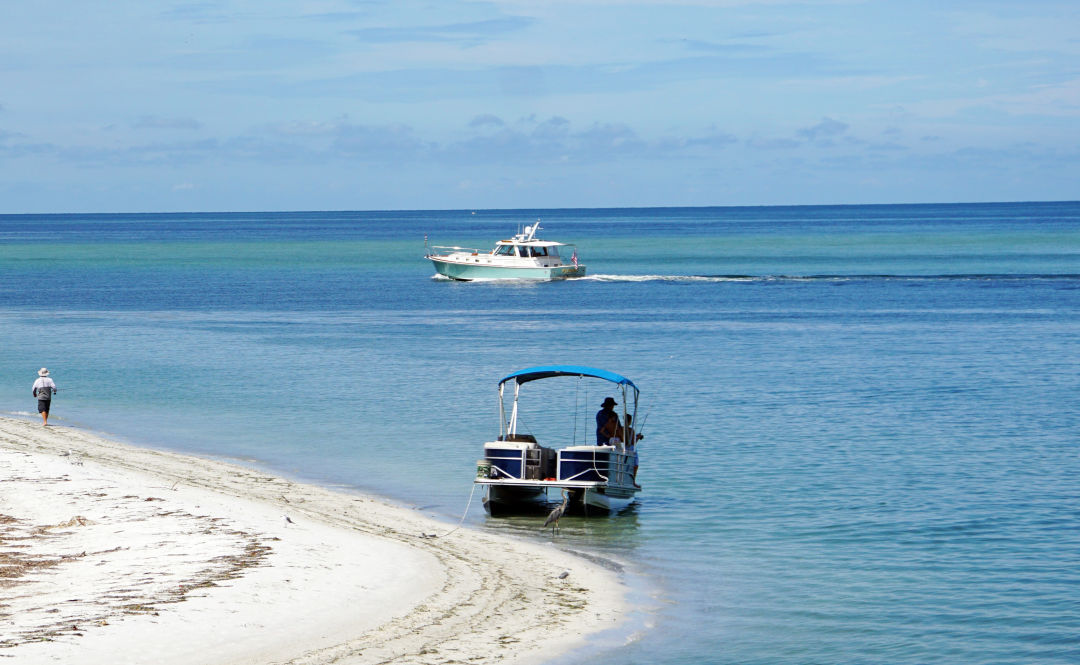
Boaters and beachgoers enjoy the blue-green waters of Sarasota Bay, whose health is improving.
From a treatment perspective, the Bee Ridge Water Treatment Facility is expanding into Advanced Wastewater Treatment (AWT), which will provide a substantial step in decreasing the environmental effects of increasing populations amid warming water temperatures.
“The Bee Ridge Water Reclamation Facility is the single largest capital project that the county has undertaken for water quality purposes,” says Mike Mylett, director of Sarasota County Utilities, of the $210 million project. “The goal of the project is to improve the treatment at the Bee Ridge Facility to what we call Advanced Wastewater Treatment, which means we remove the nutrients from the effluent as well as all of the waste effluent.”
AWT will specifically remove phosphorus and nitrogen, which will drastically reduce the amount of nutrients that flow into local waterways.
The facility upgrade was financed through a combination of a federal loan from the Environmental Protection Agency that covers roughly half of the project, and a county utility increase to cover the rest.
“We’re really proud of the recovery [in Sarasota Bay],” says Tomasko. “But the reason this is happening is because our community’s spending hundreds of millions of dollars.”
Manatee County, nestled between Sarasota Bay and Tampa Bay and home to the Piney Point facility, has taken its own steps to decrease pollution events, particularly amid a fast-growing population.
“We have plans in place [for new developments] that have engineering guidelines and specifications, which review best materials and make sure that they are reliable,” says Manatee County's interim utilities director and chief utilities engineer Jim Renneberg. “But what we really focus on in our capital improvement project is to make sure we are looking at our older, aging infrastructure. On the west side of Manatee County, we have infrastructure that was built in the '60s, '70s and '80s.”
As a part of its capital improvement project, Manatee County will invest more than $40 million in the next five years in preventative measures and replacement and repair of aging infrastructure, as well as increasing capacity at local water treatment facilities.
“We have to try to take the money that we have and spread it around the best we are able,” says Kevin Morris, Manatee County's deputy director of wastewater. “We have 752 lift stations. We are able to rehabilitate roughly 10 a year. We would like to get to 20 a year, but that is a cost concern.”
Annually, the Manatee County utility department rehabilitates 10 lift stations and 120 manholes, and relines roughly two miles of pipe per year. Three crews inspect more than 120,000 feet of line per year to assess for hazardous conditions or identify a block, and one crew does nothing but maintain air relief valves.
Contractor mistakes, such as breaking a line, are the No. 1 cause for sewer pollution events and are still the most prevalent cause of sewer overflows. That's closely followed by failures at lift stations or other county infrastructure, which account for 30 percent of all sanitary sewer overflows.
“Those are the ones that we can do a better job on, and try to keep them from repeating themselves,” says Morris.
A quarter of all sanitary overflows in Manatee county come from clogs in the system, which are primarily due to individual irresponsibility such as utilizing flushable wipes improper grease or food disposal.
Sarasota County requires commercial establishments to upgrade and maintain grease traps, which has “produced huge improvements in the collection system,” Mylett says.
And for individuals, even small steps such as throwing away grease instead of pouring it down a pipe, not using flushable wipes, and maintaining and updating plumbing can make a big difference in the prevention of overflows and environmental damages.
Catherine Hicks covers the environment for the Community News Collaborative. She can be reached at [email protected].

